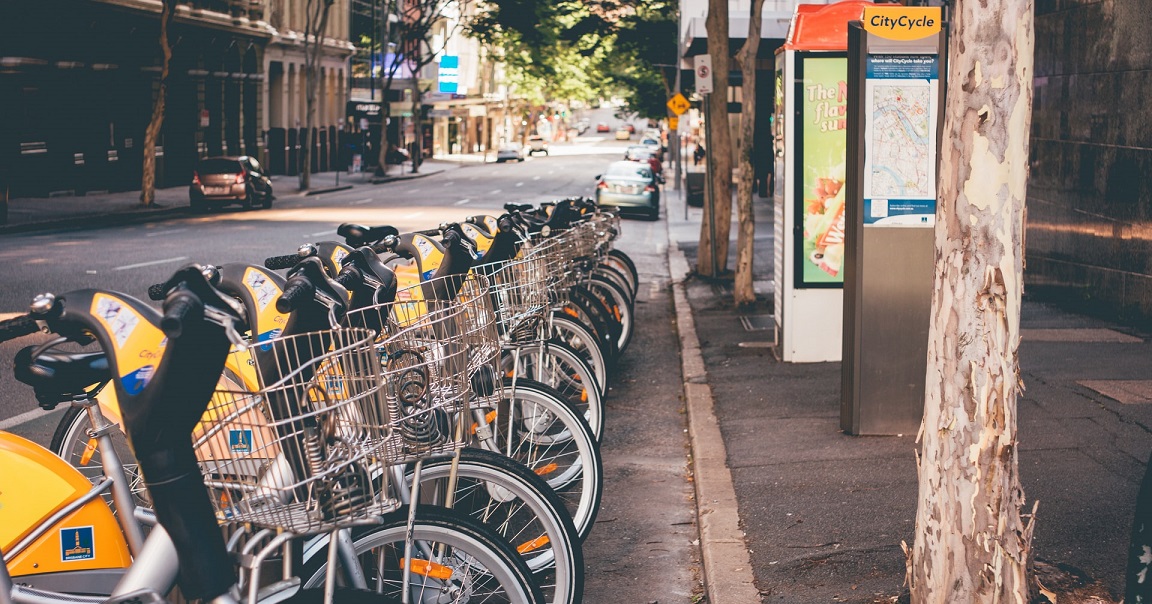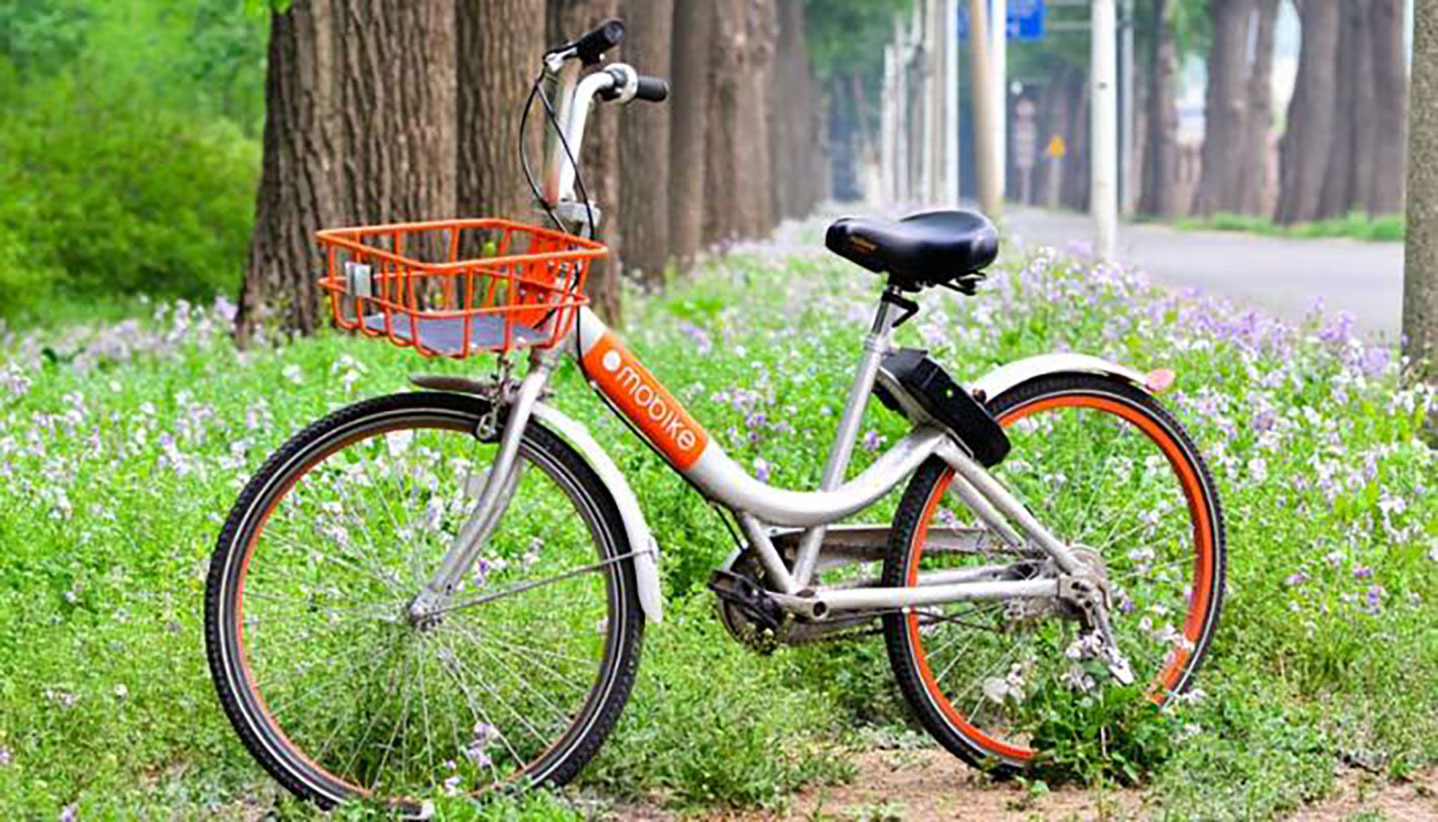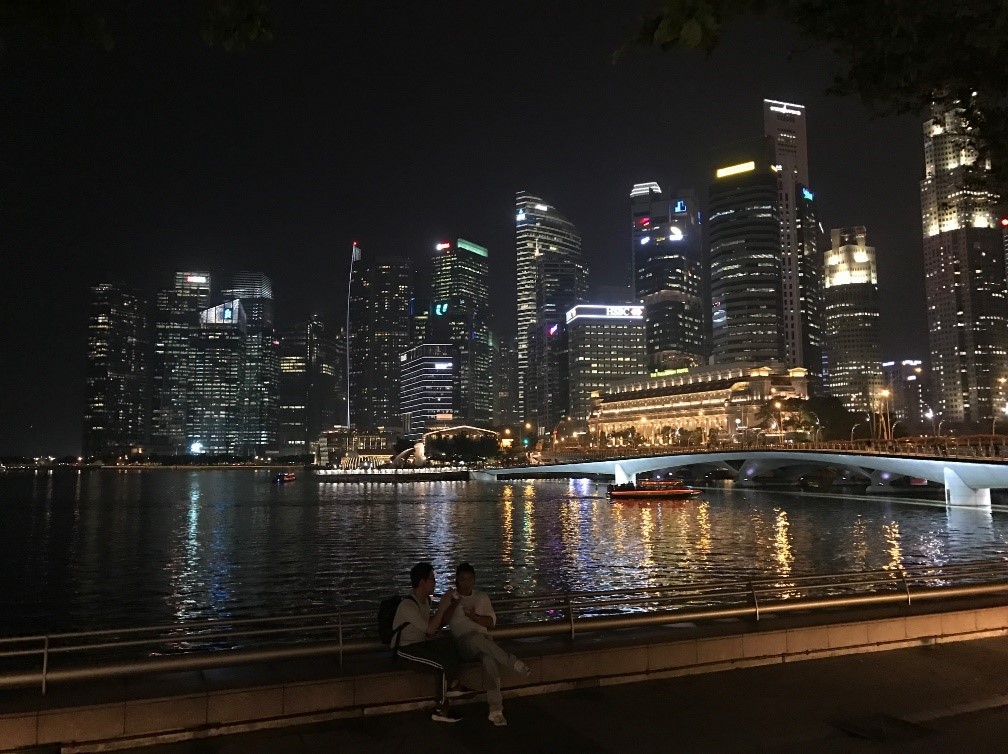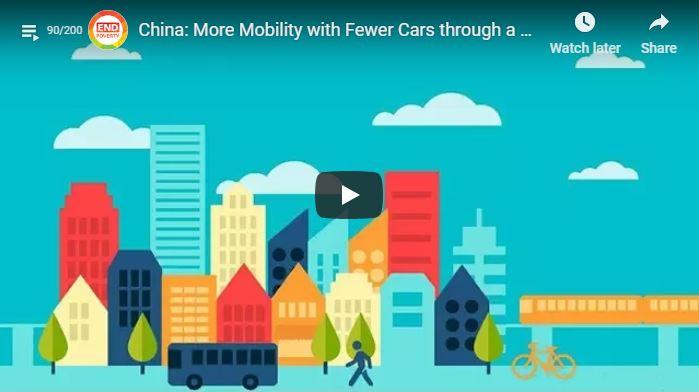Bicycles and Public Transport: the Perfect Match
Blog
Bicycles and Public Transport: the Perfect Match
-
Media Type:
Blog
-
Author:
-
Published:
Feb 08, 2022 -
TAGS:

Urban transport planners often tend to underappreciate the value of cycling and its potential as a complement to public transport systems. Yet planning and designing cities where mass transit and cycling work in tandem can provide additional options to get around and address the shortcomings of each separate mode: commuters can ride public transport to travel long distances easily, while relying on bicycles when they need extra flexibility, or to cover the first/last mile to and from transit stations. When done right, this symbiotic relationship can create a powerful new transport mode and transform the commuting experience for urban residents.
Taking your bike on public transport, parking it before catching a bus, or simply returning it to a bikeshare station are some specific examples of this integration. To make the most of this approach, however, both planning and design efforts must consider connectivity criteria and ensure direct, safe, and universal accessibility for all age groups, genders, and for people with disabilities. In big Latin American cities, for example, the pedestrian infrastructure for accessing mass transit systems is often unsafe, dangerous, and obstructed, even though walking is an essential part of traveling by public transport.
The integration between these two modes of transport bring multiple benefits. The main advantage is that it puts mass transit within the reach of more people across a larger area. It also provides users with greater flexibility, including to adapt trips based on their individual needs (for example, choosing to get on and off at a more convenient stop) or to work around service disruptions. For transport systems, this integration helps spread demand more evenly across the system. For users, cycling is a chance to increase physical activity, with significant health benefits. Here are some examples showing what this cycling/public transport integration can look like in practice:
Small-scale solutions:
In-line parking areas are the most common solution in this category. They usually have between 3 and 10 spots available and are located in places originally intended for vehicular parking. Parklets are another example. These spaces cover the street surface and can combine different functions, including bike parking, sitting, playing, etc. The main characteristic of these solutions is their fast installation and their flexibility: depending on the demand and on users’ response, their capacity can be extended, and their location can change.
Medium-scale solutions:
These include open or enclosed parking facilities in a variety of settings: public areas, bicycle pavilions, lockers…etc. Bicycle parking in public spaces may not have enclosures or surveillance and is usually located in squares, providing convenient access to mass transit. Bicycle pavilions have between 90 and 300 spaces, and are often closely integrated with the mass transit system. In Colombia’s capital city of Bogotá, for instance, bicycle pavilions are located within the perimeter of some TransMilenio BRT stations, and users are usually required to pay the public transport fare before entering the pavilion.
Large-scale solutions:
Bicycle racks are a larger-scale solution. For example, in Alkmaar, Netherlands, a series of racks with capacity for more than 300 bikes is located under the station access ramp, in addition to a bikeshare station. Mexico City has ten free mass bicycle parking facilities ranging from 80 to 408 spaces, located in subway stations or modal transfer centers.
One of them is found in Pantitlán, a major multi-modal hub that connects four metro lines and a BRT, serving over one million passengers per day. The The complex can accommodate 408 bicycles over three floors, has surveillance, and includes a bicycle shop/workshop. In addition, the building's adjacent park offers a small gym and a children's play area.
Extra-large solutions:
This category encompasses underground structures and large buildings used specifically for bicycle parking. These facilities have more than 500 spaces and are built as an extension of the public transport station. They provide direct access to the station and feature high levels of integration, security, and more public space for public life. Some of the best examples are located in Dutch cities such as Haarlem, home to a cutting-edge parking facility, and Utrecht, which boasts the world's largest bicycle parking garage. The latter has a capacity of more than 12,500 spaces (exceeding the 9,400 spaces of Kasai station in Tokyo, Japan). The parking garage is located in Utrecht's central station, the country's largest transport hub. It is part of a system of five bicycle parking facilities in and around the station, with a total capacity of 22,000 spaces.
Integrated mobility for a cleaner and more sustainable Lima
Cycling and public transport have great potential to complement rather than compete with each other to create a new and more efficient mode of transport with a broader reach. While the scale and the type of integration solutions may vary depending on several factors, such as the demand, most cities have opportunities for some degree of modal integration across the entire mass transit network.
That is why the World Bank’s proposed bicycle strategy and infrastructure plan for Lima and Callao pay special attention to the integration between cycling and public transport. This integration must be part of a broader effort to improve mobility and quality of life in the city. Like all active mobility initiatives, it can also be a way for Peru to support climate action and work toward global climate goals. In other words, integrating public transport and bicycles is an essential step toward a cleaner, healthier, and more resilient Lima. If you want to learn more, this recent World Bank publication provides a lot more insights on how the bicycle-public transport combo can help advance transport decarbonization.
Originally Published here.



